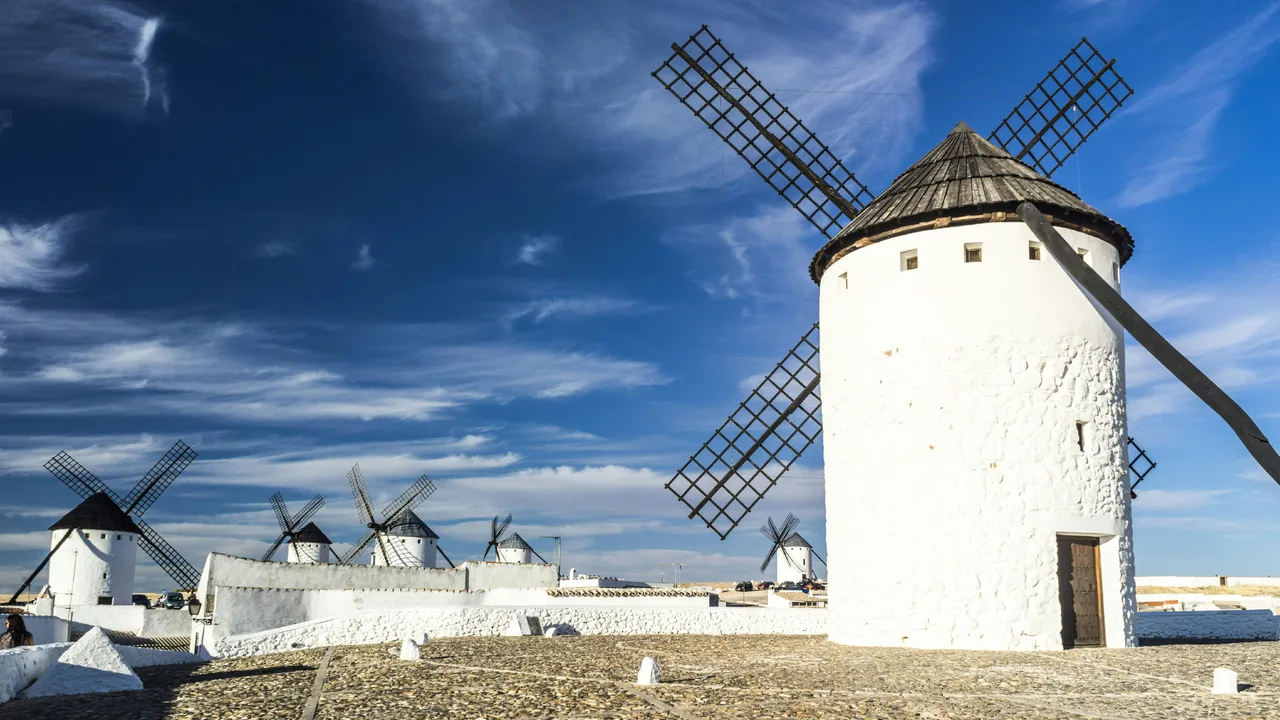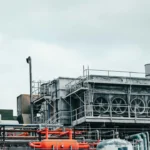Wind power forecast studies play a pivotal role in shaping the world’s renewable-energy roadmap. As nations accelerate their transition to clean power, both onshore wind and offshore wind capacity are expanding faster than ever before. By 2030, global installations are expected to multiply, driven by technological innovation, falling costs, and ambitious policy commitments toward net-zero emissions.
Understanding the Wind Power Forecast
A wind power forecast is a predictive model that estimates the amount of electricity expected to be generated from wind resources over a given period. It combines meteorological data, turbine performance metrics, and grid-integration parameters to help operators and investors make informed decisions. Forecasting horizons can range from hourly and daily projections to long-term estimates that extend to 2030 and beyond.
Key Metrics in Forecasting
- Installed Capacity (GW): Measures the total generation potential of all wind turbines in operation worldwide.
- Capacity Factor: Indicates the efficiency of turbines by comparing actual output to theoretical maximum production.
- Annual Growth Rate (CAGR): Tracks expansion over multiple years, showing how fast global onshore wind and offshore wind sectors are developing.
- Regional Distribution: Reveals which continents lead in installations and which emerging markets show the highest growth potential.
The Worldwide Wind Power Forecast for 2030
According to the International Energy Agency (IEA), global wind capacity is projected to exceed 1 500 gigawatts (GW) by 2030—more than double the 2020 figure. This remarkable surge reflects the growing competitiveness of wind energy compared with fossil-fuel alternatives. Major policy frameworks such as the EU Green Deal, the U.S. Inflation Reduction Act, and China’s renewable-energy targets are collectively accelerating this transformation.
Three main factors are fueling the expansion:
- Falling Costs: The levelized cost of electricity (LCOE) for wind energy has dropped by over 60% in the last decade.
- Technological Innovation: Larger turbines with greater rotor diameters generate more energy from lower wind speeds.
- Policy Support: Long-term power-purchase agreements (PPAs) and carbon pricing mechanisms improve investment security.
Onshore Wind: The Foundation of Renewable Expansion

Onshore wind remains the backbone of global installations, representing nearly 80% of total capacity today. Countries such as China, the United States, and India are leading developers, deploying projects across vast rural landscapes and mountain corridors. Modern turbines with hub heights above 150 meters and rotor spans exceeding 160 meters allow operators to harvest stronger and steadier winds at higher altitudes.
Advances in digital control systems and AI-based monitoring have reduced maintenance costs and downtime. Predictive analytics help operators anticipate component failures before they occur, ensuring continuous power supply and higher return on investment. By 2030, the combined global onshore wind capacity is expected to reach 1 000 GW, anchoring the majority of the world’s renewable generation growth.
Offshore Wind: Unlocking Ocean Potential
Offshore wind energy has emerged as a game-changer in the global renewable market. Located in coastal waters where winds are stronger and more consistent, offshore turbines can generate substantial electricity with minimal land use. Europe currently dominates this sector, but Asia—particularly China and South Korea—is rapidly closing the gap.
Recent advancements in floating-turbine technology enable installations in deep waters where fixed foundations are impractical. These floating systems expand available development zones and significantly increase global potential capacity. By 2030, offshore installations could account for nearly 30% of all new wind projects worldwide, with total offshore capacity surpassing 400 GW.
Regional Wind Power Forecast Highlights
Each region is charting its own path in the evolution of wind energy. While the technological foundations are similar, the pace of deployment depends on policy support, resource availability, and infrastructure readiness.
- Asia-Pacific: China continues to lead the world in installations, with Vietnam and Japan expanding rapidly through feed-in tariffs and regional grid integration plans.
- Europe: The continent is undergoing a massive energy transition supported by EU-wide offshore projects in the North Sea and Baltic Sea regions.
- North America: The United States is repowering older onshore farms with larger, more efficient turbines while developing new offshore corridors along the Atlantic coast.
- Africa & Latin America: Emerging wind corridors in South Africa, Brazil, and Chile show huge potential as costs continue to decline.
Investment and Policy Landscape
Investment trends play a critical role in realizing the wind power forecast for 2030. Governments across the globe are offering tax credits, green bonds, and auction-based incentives to attract investors. Private corporations are also entering the market through long-term power purchase agreements (PPAs), locking in renewable electricity at competitive prices. This corporate demand has become one of the largest growth drivers in both onshore wind and offshore wind development.
However, financing remains uneven. Developed regions such as Europe and North America attract the majority of capital, while emerging markets often face higher risks and limited access to green financing. To close this gap, international cooperation and climate-focused lending institutions are expanding their support for wind infrastructure in Africa, Asia, and Latin America.
Technological Innovations Driving the Forecast
The evolution of wind technology is one of the main reasons global wind power forecast numbers continue to rise. Modern innovations are increasing turbine efficiency, lowering costs, and expanding the range of viable locations for installation.
Digital Twin and Predictive Maintenance
Digital twin technology—creating a virtual replica of a physical turbine—allows real-time monitoring and predictive maintenance. Sensors and AI algorithms detect stress patterns, vibration, and temperature fluctuations, helping prevent costly failures. This innovation improves the reliability of large onshore wind and offshore wind projects, maximizing uptime and energy yield.
Advanced Materials and Design
Next-generation turbines are made with carbon-fiber blades and modular components that reduce weight while enhancing strength. Hybrid tower designs, including concrete-steel composites, are improving durability and enabling higher hub heights. Floating platforms for offshore use now support turbines exceeding 15 megawatts, making them some of the most powerful renewable-energy generators ever built.
Integration with Renewable Grids
As wind power capacity grows, integration with modern smart grids becomes essential. Combining wind with solar and battery storage forms hybrid systems that stabilize power flow and balance supply and demand. Grid operators now use AI forecasting tools to manage fluctuations, reducing the need for fossil-fuel backup and supporting higher renewable penetration.
Environmental and Economic Impact
The expansion predicted in the 2030 wind power forecast will bring significant environmental and economic benefits. Wind energy already prevents more than 1 billion tons of carbon dioxide emissions annually, and that number will rise substantially as capacity doubles. Every new megawatt of onshore wind or offshore wind helps offset emissions from coal and gas-fired power plants, contributing directly to global net-zero targets.
Economically, wind projects generate millions of skilled jobs across engineering, manufacturing, logistics, and maintenance sectors. Local economies benefit from land-lease payments, infrastructure improvements, and technology transfer. As the renewable industry scales, it creates sustainable growth opportunities while strengthening energy security worldwide.
Challenges and Opportunities Ahead
Despite strong progress, the wind power forecast also highlights several challenges. Supply-chain bottlenecks for materials such as rare-earth magnets, steel, and copper have slowed turbine production. Permitting delays and grid-connection queues in key markets like Europe and the United States also hinder rollout speed. Additionally, maintaining stable policy support during political transitions remains an ongoing concern.
Overcoming Obstacles
- Streamlining Permits: Digitalized and transparent permitting systems reduce project delays and lower administrative costs.
- Strengthening Supply Chains: Regional manufacturing hubs and recycling initiatives can mitigate material shortages.
- Grid Expansion: Investment in high-voltage networks and interconnectors ensures renewable energy reaches consumers efficiently.
- Public Acceptance: Community engagement and benefit-sharing programs increase local support for wind projects.
The Road to 2030 and Beyond
By 2030, the global wind power forecast suggests the renewable sector will have matured into a fully integrated part of global infrastructure. Wind energy will power industries, cities, and homes on every continent. Beyond 2030, emerging innovations such as airborne wind turbines, vertical-axis designs, and energy-island concepts will redefine the boundaries of renewable generation.
International agencies predict that onshore wind and offshore wind combined could supply over one-third of the world’s total electricity demand by 2050. The continued expansion of this sector will depend not only on technology but also on collaboration, finance, and policy stability across regions.
Conclusion
The global wind power forecast to 2030 paints a clear picture: wind energy will remain a cornerstone of the renewable revolution. By leveraging technological innovation, strong policy frameworks, and international collaboration, both onshore wind and offshore wind will drive the transition toward a cleaner, more resilient global energy system.
As investment grows and efficiency rises, wind power will continue to shape the world’s sustainable future—transforming how humanity generates and consumes energy for decades to come.



